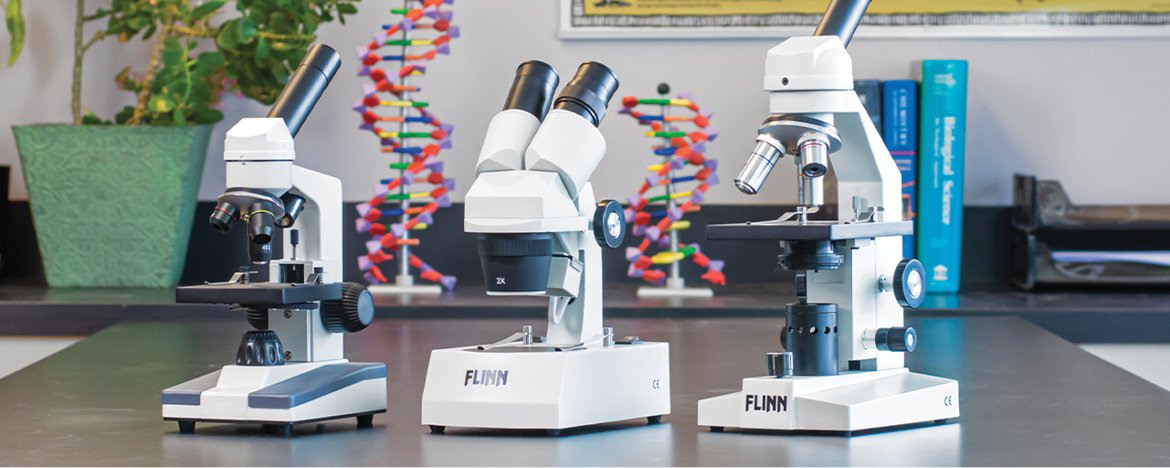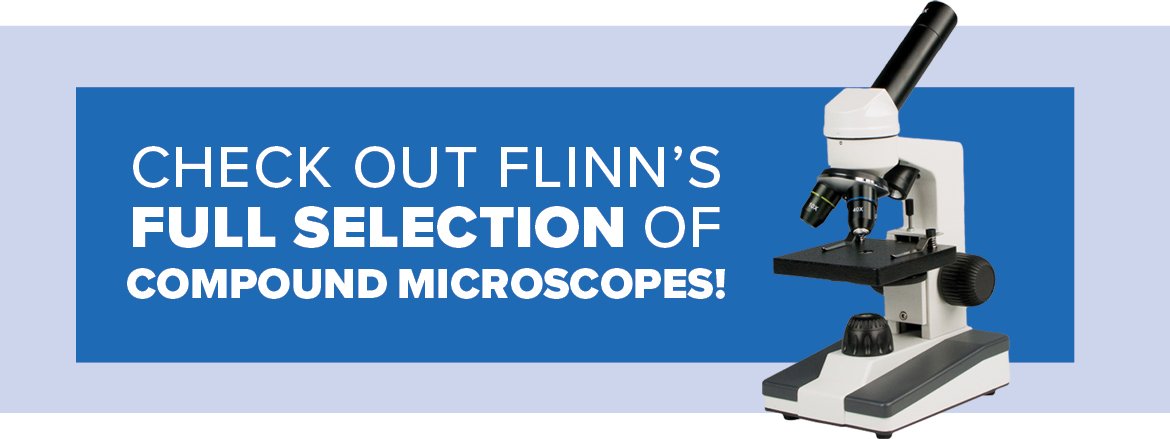| Term |
Definition |
| Coarse Focus |
Used with the low power objective to find and focus on a sample. |
| Depth of field |
The ability of a lens to furnish an image above and below the focal plane; depth of field decreases with the increase in aperture or with an increase in magnification. |
| Diaphragm |
A rotating disc under the stage with varying-sized holes. Controls the amount of light that may pass through the sample. |
| Field of view |
A rotating disc under the stage with varying-sized holes. Controls the amount of light that may pass through the sample. |
| Fine Focus |
Used with the intermediate and high power objects for minor focusing adjustments. |
| High power |
The high power objective in the nosepiece of the microscope. Usually the objective in the 40X range is called the high power objective. If the scope has an oil immersion lens (100X), then the 40X is not referred to as the high power objective. |
| Intermediate power |
The middle power objective; usually 10X. |
| Low power |
The lowest power objective; usually 4X. |
| Magnification |
The number of times the image of an object is increased in size by a lens system. |
| Parfocal |
When rotating from one objective to another only requires a small, fine-focus adjustment to be in focus. |
| Ocular lens |
The lens closest to the eye; also called the eyepiece. |
| Objective lens |
Any one of the compound lenses mounted on the nosepiece. |
| Oil immersion lens |
A high power objective (usually 100X) which requires an oil medium to focus the maximum amount of light when in focus. |
| Resolving power |
The capacity of the optics to distinguish and separate fine detail, i.e., two points. |
| Stage clips |
Hold the slide in place while viewing. |










